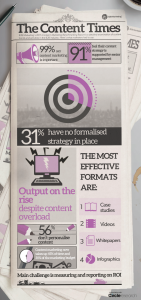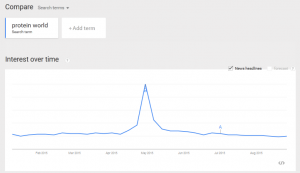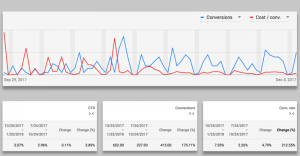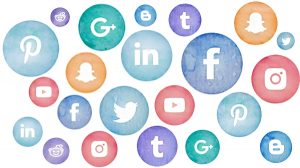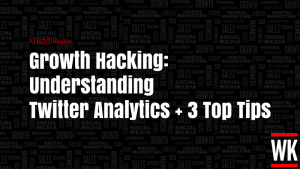
Email volume growth has nearly tripled since the pandemic began, according to data shared in the recent Litmus 2021 State of Marketing Report. It’s not surprising considering that as people stayed home, they stayed online—and marketers responded accordingly. What may be surprising to some though, is that even as email use increases, engagement remains high, if not higher than before.
In the report, nearly 400 marketing professionals weighed in on their email strategies, what’s working and what’s not, and what they think the future of email looks like. It highlighted many observations that we’ve noticed at my company, OMI, as well as identified five major shifts for email marketing in today’s environment.
Reading through the report findings, survey data and insights from other email professionals, it’s easy to see why email continues to be the top marketing channel by effectiveness. In fact, 79% of marketers list email in their top three channels.
In this season of gratitude, here are 10 reasons to be thankful for email.
1. Email is targeted.
Email audiences can be segmented by both online and offline factors, including demographics, firmographics and behavior, with quality contact data making segmentation even more effective.
2. Email is ideal for personalization.
As the Litmus survey noted, personalization has become a must-have for buyers, with 80% of customers saying they’re more likely to make a purchase from a brand that provides personalized experiences. Email is ideal for personalization because email is personal. Nearly everyone has an email address and it’s often an identifier used for logging in to other channels, like social media accounts.
3. Email is adaptable.
In a time when we’ve all had to learn to roll with the punches, email is easily adapted. The digital format can be adjusted for changing campaigns or quickly sending time-sensitive messages.
4. Email is trackable.
Email digitally tracks when an individual message is opened (including what day and time). Even as privacy regulations change, personalized links within an email can tell you which ones were clicked and which weren’t, allowing for deeper insights and more personalized follow-up messages.
Additionally, the ease of creating an email campaign means A/B testing can give you fast results on what an audience is most interested in. As personalization and segmentation increase, so does the need for additional versions of emails within a campaign. The report noted that more than 65% of marketers are creating at least 2 versions of an email and 16% are creating 4 or more.
5. Email is scalable.
Third-party data makes it possible to scale for greater customer acquisition reach and marketing technology makes it easier to get more done, faster.
6. Email builds relationships.
The personal aspect of email, as well as the ability to control sequencing, makes email great for building relationships with prospects as they move through the funnel or deepening customer loyalty through retention campaigns. The study noted that 79% of respondents use automation, with half using it for triggered emails, drip or nurture campaigns, and segmentation.
7. Email plays well with other channels.
The report indicated that one of the biggest email marketing investments being made next year will be integrating email with other marketing channels. As customer expectations continue to increase, omnichannel marketing is becoming even more important. The Litmus report put it this way: Email marketing shouldn’t live in a silo. Programmatic marketing campaigns can leverage email for a one-two punch by sparking a prospect’s interest with a display ad and then following up with an email, or the other way around.
8. Email “lives” longer.
Unlike other mediums where your window of opportunity lasts only as long as your ad is in view—or in the case of audio advertising, in your audience’s ears—an email can live on after the initial impression. A single email can be referenced by the recipient multiple times or shared with colleagues.
9. Email is built for substance.
The format of email lends itself to both short- and longer-form content, as well as the option for multiple links, unlike display or social ads, which typically have a single call to action. One of the major shifts the report identified was the need for companies to have a brand purpose, to align their values with customers’ values, and to create more inclusive experiences. Email is ideal for conveying these more serious brand messages, other company announcements or simply for sharing more substantial content like case studies.
10. Email is critical to business success.
More than 90% of respondents say email marketing is at least somewhat critical to the overall success of their company, with 41% saying it’s very critical—up nearly 30% since before the pandemic in 2019.
One last thing to consider: Emails that are delivered deliver results. Having quality contact data fueling your email campaigns is imperative to deliverability. In fact, the first step in any email marketing initiative, whether it’s a customer acquisition campaign or a customer retention campaign, should be ensuring that you have fresh, accurate data. Everything else – the creative components, the message, the call to action – won’t matter unless you have a solid data foundation to drive results.
As a marketer, what are you thankful for during this season of gratitude?
Digital & Social Articles on Business 2 Community
(28)

